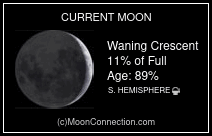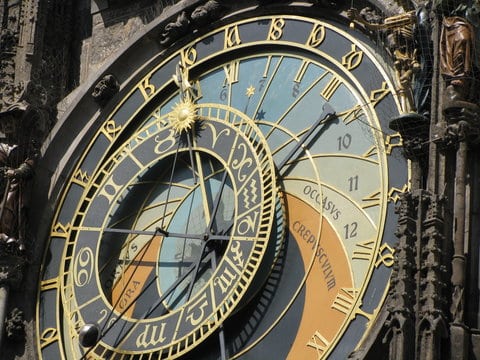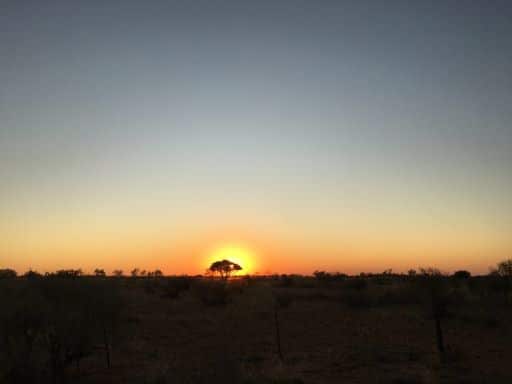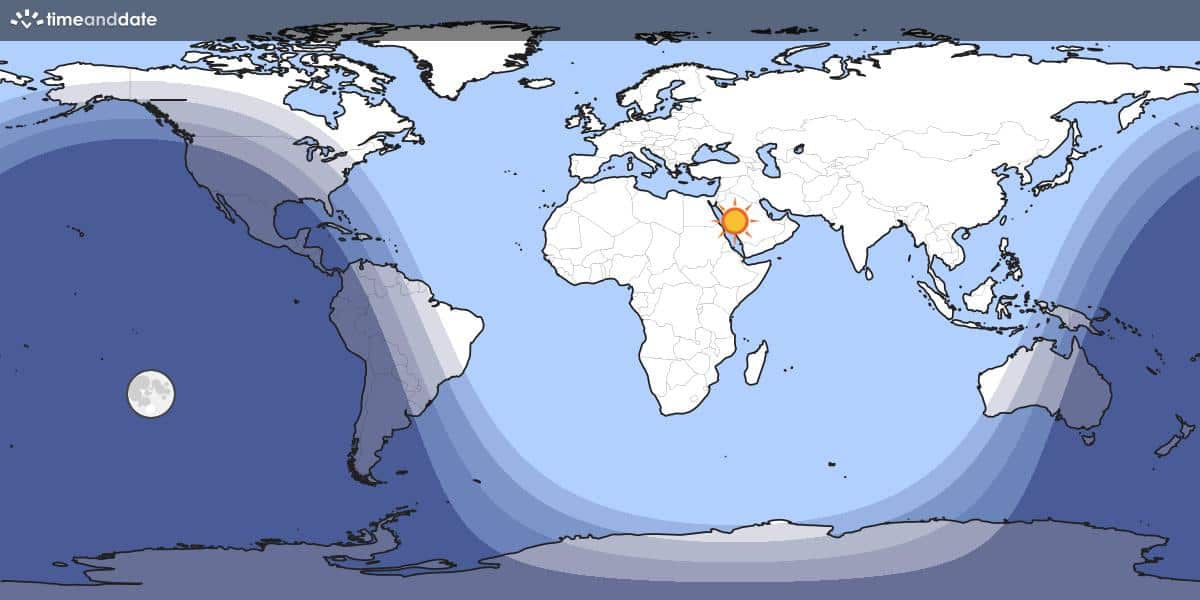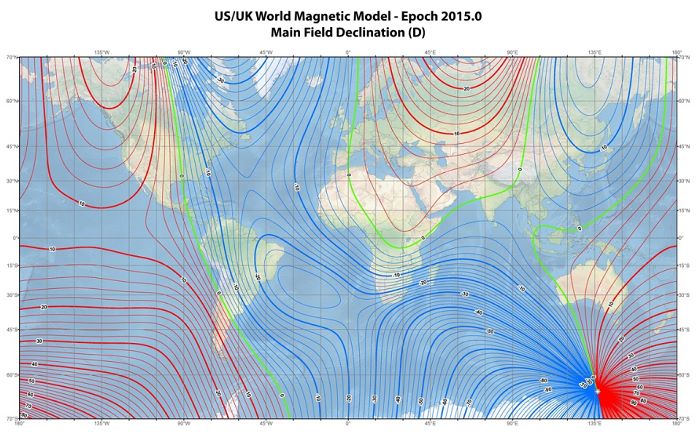N160 Superbubble
Steve Gottlieb’s Observations
NGC 2077 = LMC-N160D = ESO 057-9 = LH 103
05 39 35.3 -69 39 21; Dor
V = 11.7; Size 1.0′
24″ (4/9/08 – Magellan Observatory, Australia): NGC 2077 is the SW component of a very bright, impressive 2′ emission patch with NGC 2080. At 200x and UHC filter, NGC 2077 appeared bright, moderately large, elongated 2:1 E-W, ~1.2’x0.6′. Without a filter, three fainter stars are involved in the glow (one is Brey 93a, a massive Wolf-Rayet). NGC 2077 forms a close pair with NGC 2080 (Ghost Head Nebula) 1.1′ NE.
NGC 2085 and 2086, a smaller pair of bright HII glows, lie 3′ and 4′ ESE, and the entire collection forms N160. In addition, a bright complex of HII knots including NGC 2078, 2079, 2083 and 2084 (N159 and O-association LW 105) lies 5′ S. Together these groups form a stunning field about 35′ SSE of the Tarantula Nebula.
Notes: John Herschel discovered NGC 2077 = h2947 in Dec 1834 (exact sweep date unknown). He wrote, “The preceding two forming a double nebula. The place deduced from that of the following and brighter [NGC 2080 = h2950], by Delta RA = 7.1sec, Delta NPD = 20″, as they result from the drawing of Dec 4, 1837. Pl III, figure 4.”
James Dunlop discovered the entire complex (D 145) on 24 Sep 1826 and recorded (in his notebook), “This is the centre of a very large cluster of very small stars, exceedingly rich – with minute stars, with many very small nebulae in it…” His position is just 4′ SE of NGC 2080. As NGC 2077 has a high surface brightness, it was likely one of the “very small nebulae in it.”
NGC 2080 = LMC-N160A = ESO 057-12 = S-L 641 = Ghost Head Nebula
05 39 44.6 -69 38 45; Dor
V = 10.4; Size 1.5′
24″ (4/9/08 – Magellan Observatory, Australia): at 200x and UHC filter, this emission nebula is very impressive, appearing as an extremely bright nebulous glow with an irregular shape, ~1.5′ diameter, slightly elongated. The brightest section is encased in a larger, fainter nebulous glow that extends mostly to the south. NGC 2077, a bright HII glow, is attached on the SW side with their centers just 1′ apart. Located just 30′ SSE of the center of the Tarantula Nebula!
Along with NGC 2085 and 2086 (a pair of knots ~3′ SE), the entire complex is part of the Superbubble N160. Roughly 6′ S is N159, another stunning group of nebulous glows consisting of NGC 2078, 2079, 2083 and 2084. NGC 2080 is the brightest region in the N159/160 complex and is nicknamed the “Ghost-Head Nebula” from a 2000 HST image.
At 350x the view was fascinating with 3 or 4 embedded “stars” (the brightest one or two appeared to be quasi-stellar knots) and NGC 2080 had a curdled texture. A couple of brighter mag 13/14 stars are off the NW side and a number of stars trail off to the E and NE (part of the O-association LH 103).
The two “eyes” of the Ghost Head (noted as quasi-stellar above) are rare, compact “high excitation blobs” (HEBs) of diameter ~3″. They were discovered in 1986 and identified as A1 and A2, separated by ~20″.
20″ (3/29/25 – Coonabarabran): at 150x using an OIII filter; I didn’t take notes but just enjoyed the breathtaking view of the N159/N160 complex, which is only 30′-35′ SSW of the center of the Tarantula Nebula. On the N side of N160 is the 1′ pair of NGC 2080 = Ghost Head Nebula (the brightest emission object in the field) and NGC 2077. On the S side of N160 is the 1.3′ pair of NGC 2085/2086. A mixture of brighter and fainter stars (LH 103) is involved in the complex and flow outwards to the NE.
Notes: James Dunlop discovered NGC 2080 = D 150 = h2947 on 24 Aug 1826. His handwritten notes read “a well defined round nebula, rather bright, 20″ diameter with a small star following and also a group of 5 or 6 small faint nebulae in a square form following about 37 seconds in RA [time] and 5′ south.” Although his reduced position was 14′ too far SE, the drift timings place it perfectly between the previous object (NGC 2074) and the “5 or 6” nebulae (NGC 2078-2084 complex).
John Herschel observed NGC 2080 = h2947 in Dec 1834 and logged, “B; R; double; the other sp [NGC 2077] is F; R; followed by clustering stars.” An excellent sketch of the entire complex is on plate III, figure 4.
NGC 2085 = LMC-N160B = ESO 057-16 = BRHT 19a
05 40 09.3 -69 40 23; Dor
V = 12.1; Size 0.7′
24″ (4/9/08 – Magellan Observatory, Australia): this HII knot is part of an amazing field of nebulous glows located ~35′ SSE of the Tarantula Nebula. At 200x using a UHC filter, NGC 2085 appears bright, fairly small, ~25″ diameter. A mag 9.9 star (yellow supergiant HD 269953 – one of brightest in the LMC) is just off the NE end (23″ from the center).
NGC 2085 forms a close pair with NGC 2086 = IC 2145, a similar knot just 1.2′ E. Both of these knots are immersed in small, much fainter nebulous halos but the bright star itself does not appear to be involved. Viewing with the filter, the field is divided up into three main groups with NGC 2085 and 2086 forming a close E-W pair separated by a mag 10 star. NGC 2080 (brightest section in the N159/160 complex) and NGC 2077 lies ~2.5′ NW and an impressive cluster of nebulous knots (NGC 2078, 2079, 2083 and 84) is roughly 6′ SSW.
Notes: John Herschel discovered NGC 2085 = h2954 on 23 Dec 1834 and reported “a very faint, nearly round nebula close to a star 10th mag, not observed in sweeping, but laid down Dec 4, 1873 in the drawing fig 4, Plate III whence its place is derived.” The identification is certain based on his sketch.
NGC 2086 = IC 2145 = LMC-N160C = ESO 057-18 = BRHT 19b
05 40 24 -69 40 14; Dor
V = 12.0; Size 0.7′
24″ (4/9/08 – Magellan Observatory, Australia): this is the eastern component of a close pair of nebulous glows with NGC 2085 just 1.2′ W. This pair is part of a fascinating group of numerous emission nebulae (N160 and N159) just 35′ S of the Tarantula nebula. At 200x with a UHC filter, this knot appears very bright (slightly brighter than NGC 2085), fairly small, round, ~30″ diameter. Without a filter, a faint star is near the center. The mag 10 yellow supergiant HD 269953 (misidentified as NGC 2086 in the ESO catalogue), which is nearly attached to the NE side of NGC 2085, lies 1′ W.
Notes: John Herschel discovered NGC 2086 = h2956 in Dec 1834 and recorded “B, pS, R, little brighter middle, follows a star 10m with other S stars about it. Not observed in sweeping, but laid down in the drawing of Dec 4, 1837, whence its place is derived from the drawing fig 4, Pl III. Herschel’s position and sketch clearly shows that NGC 2086 follows the mag 10 star and corresponds with a nebulous patch 12 seconds of RA following the bright star.
Williamina Fleming discovered the emission spectrum of this nebula again on an objective prism plate taken in 1901 at Arequipa. As she didn’t associate it with the NGC number, Dreyer catalogued Fleming 92 (the Harvard discovery number) as IC 2145. The ESO catalogue, as well as Harold Corwin and Mati Morel, misidentified NGC 2086 with the mag 10 star. After I notified Corwin, he corrected his identification of NGC 2086.



